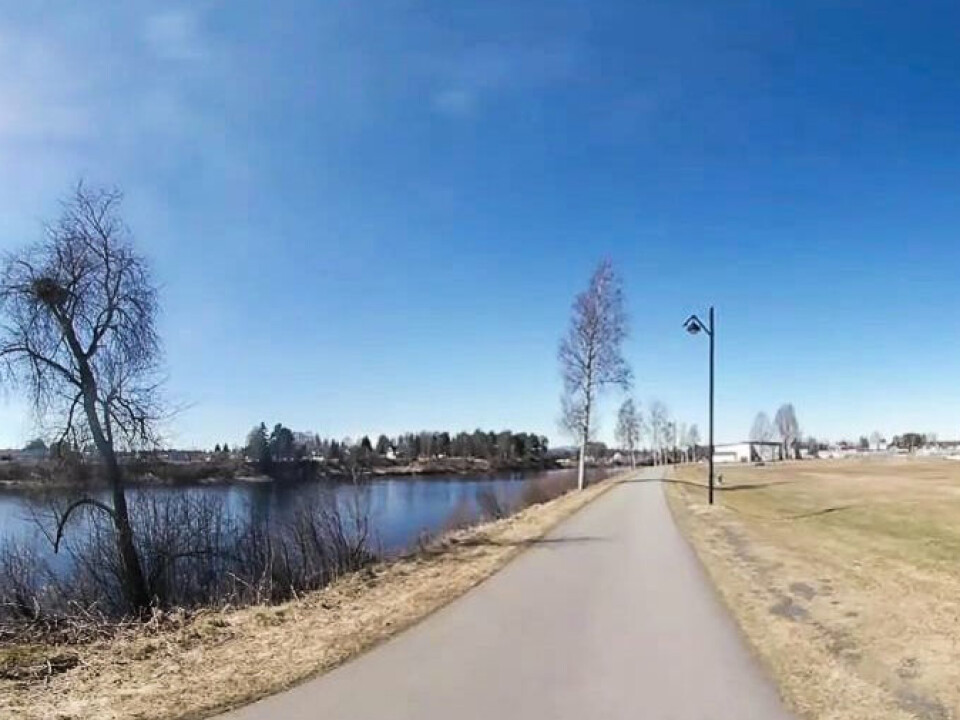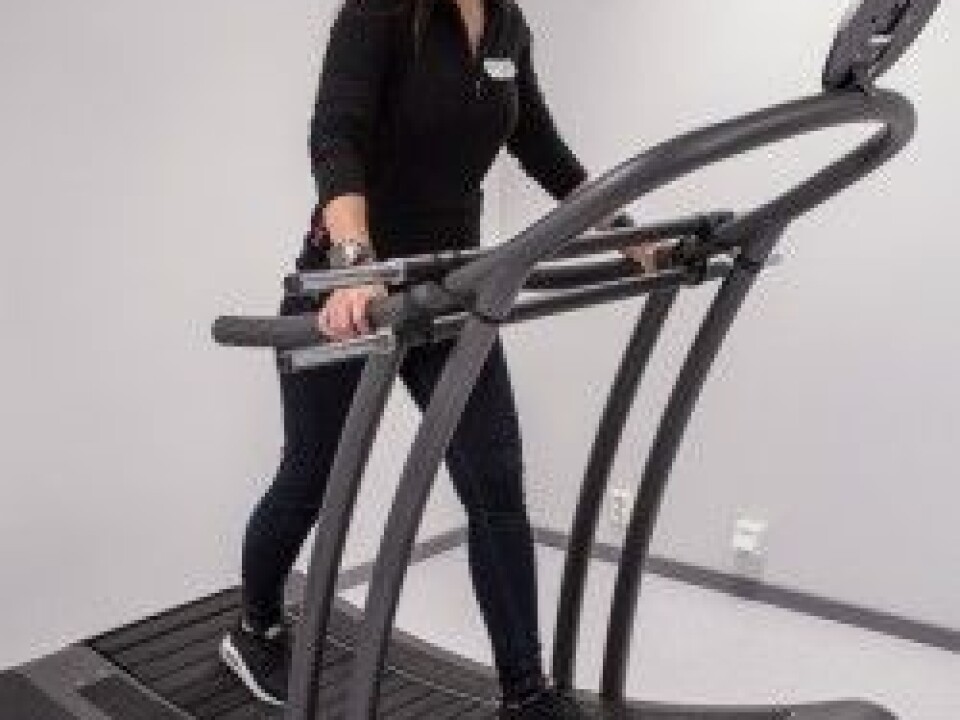
VR doesn’t measure up to nature
Virtual reality can provide nature experiences for some people, but so far the technology isn’t very satisfactory. “Going for a walk" with VR glasses made study participants cyber sick.
“We might be able to apply virtual reality a lot of ways in the health sector, but VR still has its limitations," said Giovanna Calogiuri.
She has been researching "green exercise" – physical activity in nature – for a long time. For now you need real nature for it to work. Wearing VR glasses to simulate natural experiences just doesn’t do the job.
"We were curious about how well this technology would work to provide the same health benefits as actually getting outside," she says.
Found nature more calming
Calogiuri is an associate professor at INN University’s Department of Public Health. She and her colleagues in the Sport Sciences and IT departments sent 26 study subjects out for a short walk right by the college.

“The area was adjacent to the campus and wasn’t a particularly fascinating nature experience. But the participants reported that they came back with fewer negative feelings and they felt calmer,” she says.
In the next round of the study, they put on VR glasses and viewed a 360-degree video of the same walk they’d taken earlier. They could choose to walk on a treadmill or sit while they watched.
Negative effect with VR
"The participants recognized the place and felt the same rejuvenating effect. But the experience had a negative effect on their feelings and mood," says Calogiuri.
She says the fact that the participants’ movements and the video weren’t linked in any way can partly explain the negative effect. The filmed stroll moved along at the same speed, whether they were sitting or walking on a treadmill and regardless of how fast they were moving their legs.

But the main thing many of the participants felt was that they became cyber sick – a state analogous to being carsick: feeling unwell because the movements that the eyes see and the body perceives aren’t the same. Using the eye muscles more than usual also intensified this feeling.
According to Calogiuri, this is a well-known problem with VR. She thinks the cyber-sick feeling was more pronounced in this case because the viewers were using their peripheral vision a lot as they watched the films.
The subjects who walked on the treadmill with VR glasses found that it was more strenuous than walking out in nature, even though their walking speed and heart rate were the same.
Urges health clubs to wait on VR
A positive outcome of the study was the rejuvenating feeling that taking a walk in nature typically provides. This also resulted when nature was merely reflected on the screen inside a pair of VR glasses – and even when walking on the relatively boring paved path around the college. That begs the question whether filming more beautiful surroundings could increase the positive effects of the VR glasses.
"At conferences I’ve often been asked if VR has any applications in the health club industry. I reply that I recommend waiting a little," says Calogiuri.
Future tools
She has more faith in VR down the road.
“I don’t think VR can ever completely replace nature. But VR will definitely be a useful tool for making nature more accessible. Not everybody is able to get outside every day,” she says.
Calogiuri thinks real nature has proved to be the far better option up to now. VR doesn’t give you the outdoor smells, or let you stop to look at something more closely or touch anything,” she says.
Calogiuri makes the comparison with tourist agencies that use 360-degree images to lure people to visit the actual places. VR could likewise tempt more people to get out into nature to keep fit. At the same time, she is afraid that too much technology use might lead to people choosing the VR glasses instead of going outside.
-------------------------------------
Read the Norwegian version of this article at forskning.no.






























